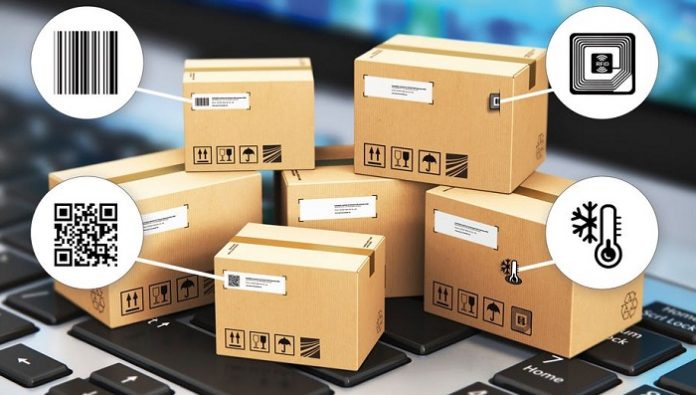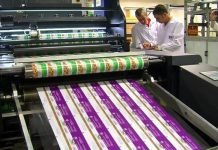One of the market reports has gone on to identify that the worldwide demand for electronic smart packaging will reach $2.6 billion in 2033. This shows a compound annual growth rate (CAGR) of 15.4% for this year, as per the data.
Smart packaging has potential when it comes to the integration of electronic functionality, identification of the material, enabling compliance, monitoring conditions, and asset tracking of pharma products.
A widely addressable market means that there happens to be a continued interest in smart packaging across the world. That said, apart from the radio-frequency identification tags and QR codes, adoption at scale has proven to be challenging overall, as per the report.
Mentioned in the report are examples of emerging as well as current technologies that are being developed in the sector, including:
- Identification technologies like the capacitive ink approach
- Electronic article surveillance when it comes to anti-theft
- Data loggers for shock, temperature, vibration, as well as time and location monitoring
- Interactive packaging having functionalities that include use-monitoring and illumination
- Chemical indicators which have frozen the chemical visual indicators, temperature, and active packaging for pharmaceutical and produce monitoring
Varied types of technologies, like wirelessly connected tags, both active and passive, as well as sensors, were also specified. When it came to function, the non-wireless technologies that were identified happened to be chemical, mechanical, electronic, and electrical.
The market report also made mention of RAIN (UHF RFID) packaging, NFC (HD RFID) smart packaging, electronic shelf labels, printed and flexible sensors as well as batteries, electronics smart blister packaging, chemical sensors smart packaging, and electronic article surveillance.
The increased demand in terms of sustainability as well as delivery optimisation packaging solutions has gone on to create a need for an inventory management system that is streamlined. As per the report, this is in fact driving the adoption of item-level smart labelling. For instance, the printed digital watermarks as far as facilitating packaging separation for recycling are concerned are being explored.
Apparently, the COVID-19 pandemic has gone on to accelerate the adoption as well as use of wireless ID, which includes the usage of QR codes so as to track and trace schemes as well as NFC for wireless payments, as per the data. Hence, as the technology enhances and the connected experience keeps growing, the market is likely to see a new high in the upcoming decade.

























